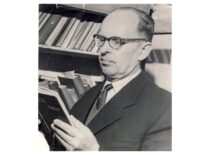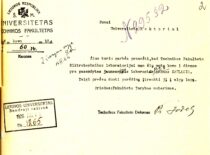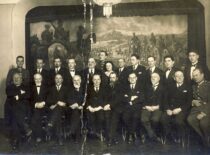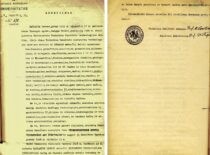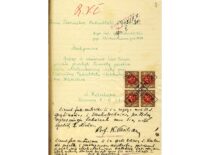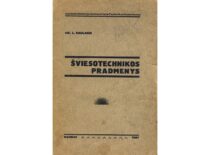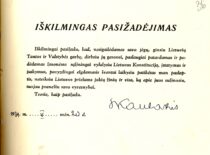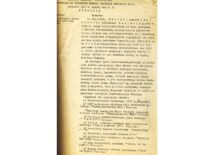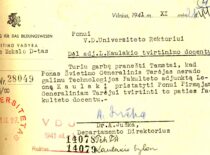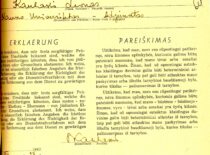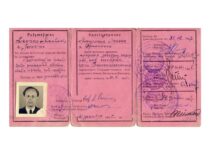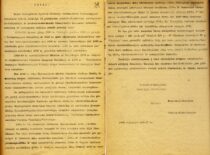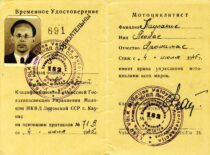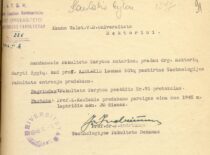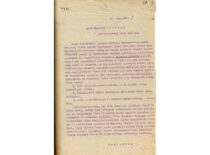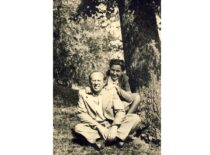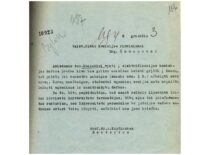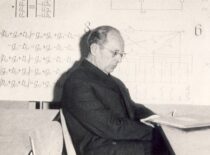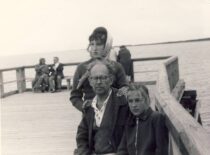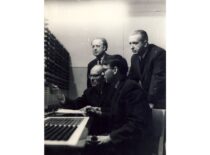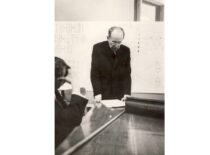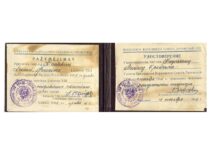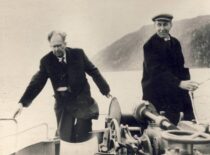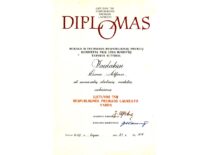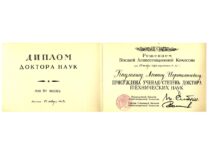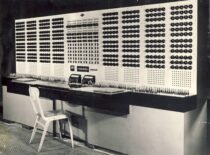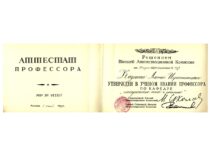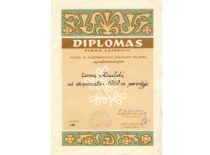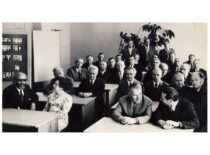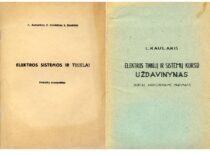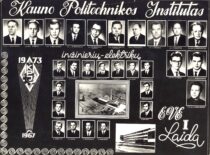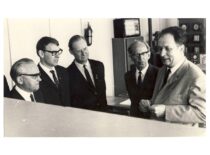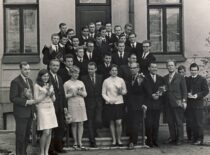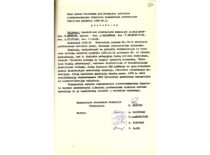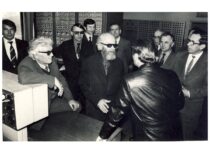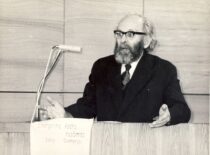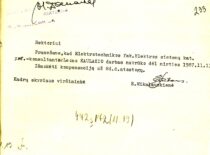Studies and Work at the University, 1922–1950
Leonas Kaulakis was born in 1903 in Selvestrai Village, Šilalė District, Tauragė County, in the family of a lawyer. Growing up near Rietavas, he saw Lithuania’s first power station and electric lighting as a child, and was impressed enough to decide to become an electro-mechanical technician. In 1922, he graduated from Telšiai Gymnasium and was admitted to the newly founded University of Lithuania. In 1928, he graduated from the Technical Faculty of this university. In 1926, while still studying at the university, L. Kaulakis started working as a junior laboratory assistant in the Department of Electrical Engineering and significantly contributed to the installation of the university’s first electrical laboratory and later other laboratories. After graduation, L. Kaulakis was sent to complete fellowships at Zurich Technical College and the Higher School of Electrical Engineering in Paris. There, he took an interest in the organisation of teaching and installation of laboratories. In 1929, he returned to Kaunas and started working as a junior assistant at the University. In 1930, he was appointed as a senior assistant and began teaching the disciplines of electrical measurements and electrical stations and networks. At that time, L. Kaulakis was already doing a lot of work in organising the training of electro-technical engineers, creating Lithuanian terminology for electrical engineering and starting research in the field of electricity. The first significant work of L. Kaulakis was the textbook “Fundamentals of Light Engineering” published in 1931, which described the main light engineering devices and gave a methodology for their design. L. Kaulakis was actively involved in the work of the Energy Committee established in 1936, worked in the Electricity Section, which was first headed by P. Drąsutis and later by himself. The Electricity Section drafted a plan for the electrification of Lithuania. Under the leadership of L. Kaulakis, an analysis of the energy economy was carried out in 1937-1938. L. Kaulakis began to promote the use of local fuel resources (peat and water) in the country’s energy economy. Together with engineer A. Gruodis, he prepared the project for the first Lithuanian state-owned peat-fired power plant in Rekyva. L. Kaulakis was in charge of the design of several hydroelectric power plants. He also prepared the outlines of Kaunas hydroelectric power plant and selected the site where it was built. In 1932, L. Kaulakis represented Lithuania at the World Electricity Congress in Paris and in 1938, at the World Energy Conference in Vienna.
When the Soviet Union occupied Lithuania, Vytautas Magnus University was renamed Kaunas University, and its Technical Faculty was organised into the Faculties of Construction and Technology. At the end of 1940, L. Kaulakis became an associate professor and was appointed as the head of the Department of Electric Power Plants and Networks and the head of the Department of Electrical Engineering of the Faculty of Technology. After the occupation of Lithuania by Nazi Germany, the name of Vytautas Magnus was restored to the University, and L. Kaulakis became an adjunct professor.
After the war, when the occupation of the USSR in Lithuania was finally established, the grandiose plans of the Soviet Union for the development of the economy and, at the same time, the development of the energy sector were put into practice while developing the energy system of the North-West of the USSR, instead of the Lithuanian energy. L. Kaulakis became the head of the same department; in 1946-1947, he was the Vice-Dean of the Faculty of Technology, and in 1948-1953, he was the Head of the Energy Sector of the Technical Institute of the Lithuanian SSR Academy of Sciences. At the same time, L. Kaulakis headed the republican commissions that prepared the prospective plans for the development of energy in the republic. A plan for the electrification of Lithuanian agriculture was drawn up under his leadership.



